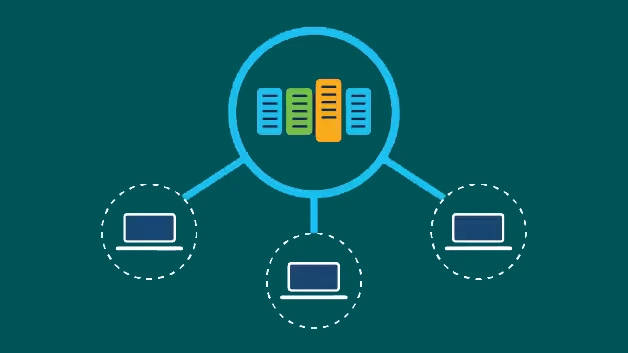Tips
Exploring Virtual Machines: A Comprehensive Explanation of Their Operation
Introduction
In the swiftly changing world of technology, Virtual Machines (VMs) have emerged as a pivotal innovation revolutionizing our approach to harnessing computing power. VMs are central to modern data centers, cloud infrastructure, and even personal computing devices. This article aims to provide insight into the complex realm of Virtual Machines, explaining their nature, functionality, applications, and various aspects associated with their use.
Understanding Virtual Machines
- At its core, a Virtual Machine (VM) is a software-based imitation of a physical computer.
- It operates independently and possesses dedicated resources such as CPU, memory, storage, and network interfaces.
- VMs shine in their ability to run multiple instances of different operating systems on one physical machine, maximizing hardware use.
- VMs are created through virtualization, facilitated by a specialized software layer called a hypervisor.
- The hypervisor is crucial in abstracting and managing the underlying hardware, enabling multiple VMs to operate concurrently.
- This abstraction brings several benefits, including isolation, resource management, and scalability.
Virtualization Mechanism
- Virtualization introduces an additional layer between hardware and the operating system.
- This layer, the hypervisor, sits atop the physical hardware and allocates its resources to multiple VMs.
- There are two primary types of hypervisors: Type 1 and Type 2.
Type 1 Hypervisor:
- Also known as a bare-metal hypervisor, a Type 1 hypervisor directly interfaces with the physical hardware.
- It eliminates the need for a host operating system and is suitable for enterprise-level virtualization.
Type 2 Hypervisor:
- In contrast, a Type 2 hypervisor runs on top of a host operating system, making it ideal for desktop virtualization and development environments.
Virtual Machines’ Applications
- Development and Testing: VMs provide controlled environments for software development and testing, ensuring consistent outcomes across platforms.
- Server Consolidation: Multiple VMs can run on one physical server, optimizing resources and reducing hardware costs.
- Legacy Application Support: VMs host older applications incompatible with newer hardware or OS.
- Disaster Recovery: VM snapshots and replication enable swift recovery, minimizing downtime and data loss.
- Cloud Computing: Leading cloud providers utilize VMs to deliver scalable and flexible infrastructure.
- Education and Training: VMs provide a safe space for learners to experiment without affecting production systems.
Virtual Machines’ Advantages and Disadvantages
Advantages:
- Resource Optimization: VMs maximize hardware use by hosting multiple VMs on one physical machine.
- Isolation: Each VM operates independently, ensuring one VM doesn’t impact others.
- Flexibility: VMs can be easily provisioned, scaled, and migrated.
- Cost Savings: VMs reduce the need for physical hardware, lowering costs.
- Snapshot and Cloning: VMs can be duplicated or reverted, aiding testing and recovery.
Disadvantages:
- Resource Overhead: The hypervisor introduces slight overhead, impacting system performance.
- Complexity: Managing multiple VMs requires specialized skills.
- Hardware Limitations: VMs rely on underlying hardware, affecting performance.
- Licensing Costs: Certain software licenses are tied to hardware, needing careful consideration.
Types of Virtualization
- Full Virtualization: Simulating complete physical hardware, allowing unmodified guest OS.
- Para-virtualization: Modifying guest OS for improved performance.
- Hardware-assisted Virtualization: Using hardware extensions for better performance and security.
- OS-level Virtualization: Also called containerization, enabling multiple instances within one OS.
- Network Virtualization: Abstracting network resources, creating virtual networks.
Conclusion
Virtual Machines have transformed how we utilize hardware, enabling efficient consolidation, isolation, and deployment of computing environments. As technology evolves, VMs remain integral to shaping computing’s future, empowering cloud infrastructure, development settings, and more. By grasping the intricacies of VMs and their various facets, we equip ourselves to harness their potential and drive innovation in the ever-evolving tech landscape.
